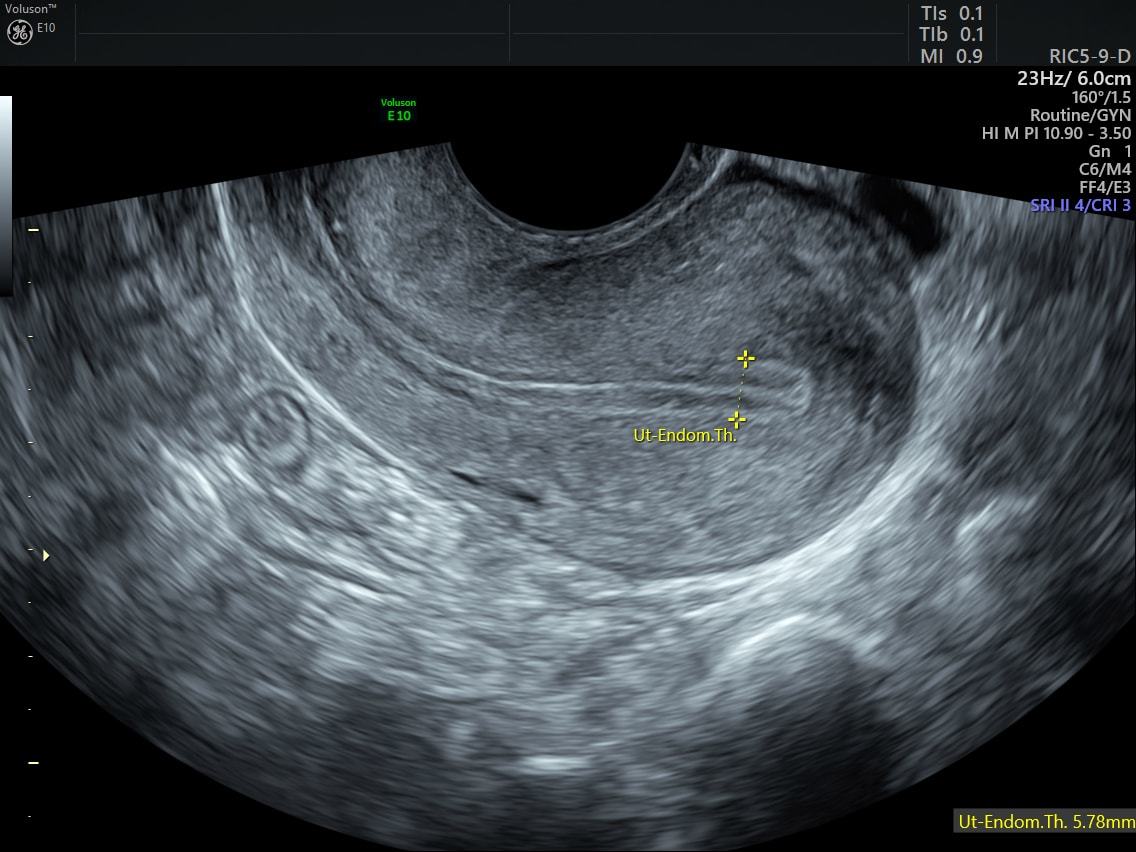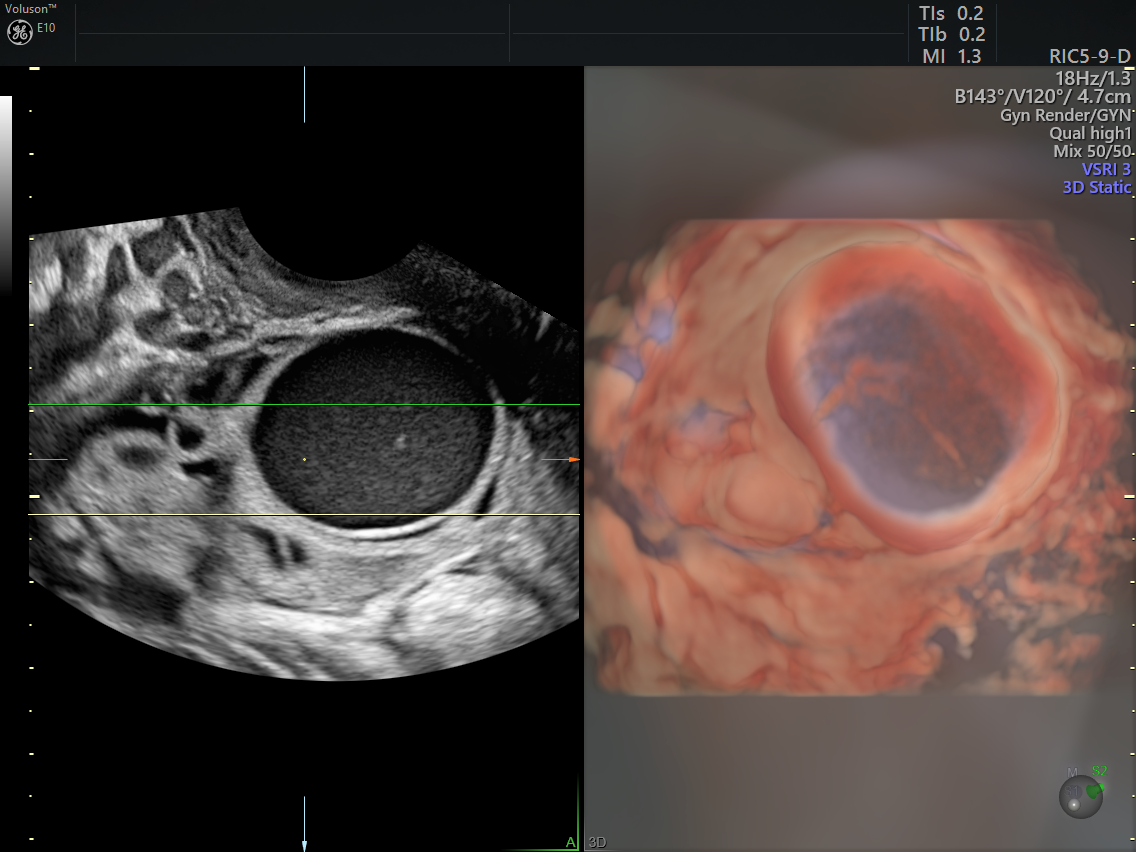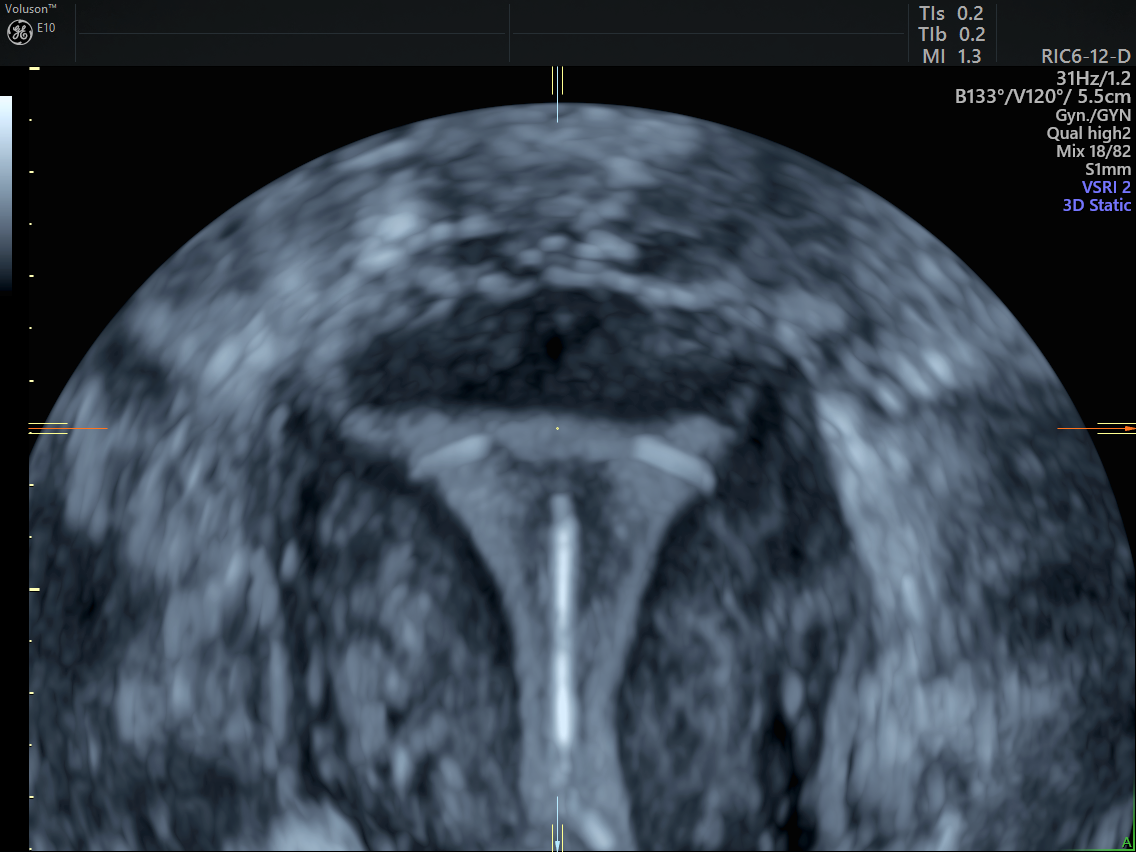The American Institute of Ultrasound in Medicine (AIUM) created a task force to standardize ultrasound curriculum and competency assessments for use in obstetrics and gynecology residency programs. These guidelines aim to establish a minimum competency for ultrasound examinations.
A report published in the American Journal of Obstetrics and Gynecology (AJOG) noted that an ultrasound examination is superior to other imaging modalities because it is "portable, is relatively inexpensive and does not involve ionizing radiation." However, it also described ultrasound as "operator-dependent," pointing out that users need "adequate technical skills" to produce accurate and useful images.
Ultrasound operators must not only understand which views are needed, but also how the machines themselves and their interfaces work, how to position patients, and how to clean and disinfect the transducers correctly, among other things. The report also indicated that many residents are not practicing enough ultrasounds to be fully qualified to perform them.
Breaking Down the AIUM Training Recommendations
The recommended curriculum is broken into four levels (or years) and includes training on both 2D and 3D ultrasounds, as well as Doppler and transvaginal ultrasound. Each year builds ultrasound skills and covers the following competencies.
- Level One: The first level addresses the physics of ultrasound, how it works, how the machines are operated, how an ultrasound is performed, and the differences in how it's used during the first, second and third trimesters of pregnancy. Specific to gynecology, the curriculum also deals with ultrasound examination of the nonpregnant uterus and ovaries.

Image 1 endometrium
- Level Two: The second level goes more in-depth, teaching the sonographer about first trimester screening for ectopic pregnancies, anomalies in the fetus, placenta and amniotic fluid, and how to measure the cervix. The trainee will also learn to evaluate fibroids, endometrial abnormalities and conditions of the ovaries such as hemorrhagic cysts, masses and torsion.

Ovarian cyst with HDLive
- Level Three: The obstetric focus in the third year is on the second and third trimesters of pregnancy, covering normal fetal anatomy and malformations, umbilical artery studies, and the evaluation of twin gestations and complications. The gynecologic focus teaches features of adenomyosis, endometriosis, uterine malformations, the use of ultrasound in IUD placement, and ovarian evaluation including masses and cancer.

IUD and ultrasound
- Level Four: The final year adds screening for fetal anemia and evaluation of twin gestations for complications.
Post-Residency Training in Ultrasound as a Quality Improvement Measure
Members of the task force recognized the value of giving practicing physicians access to these guidelines as well, which is why it made various teaching tools available online.
An AJOG article published alongside the aforementioned review noted the importance of using standardizing ultrasound examinations to improve quality of care. The author suggested that these standards may eventually be adopted into CPT coding to encourage providers to follow these important recommendations.
The recent focus on training guidelines suggests that OB/GYNs should consider accreditation as way to hone their skills. When providers follow the latest guidelines for training and continuing education, they are better equipped to provide high-quality, up-to-date care to their patients.



